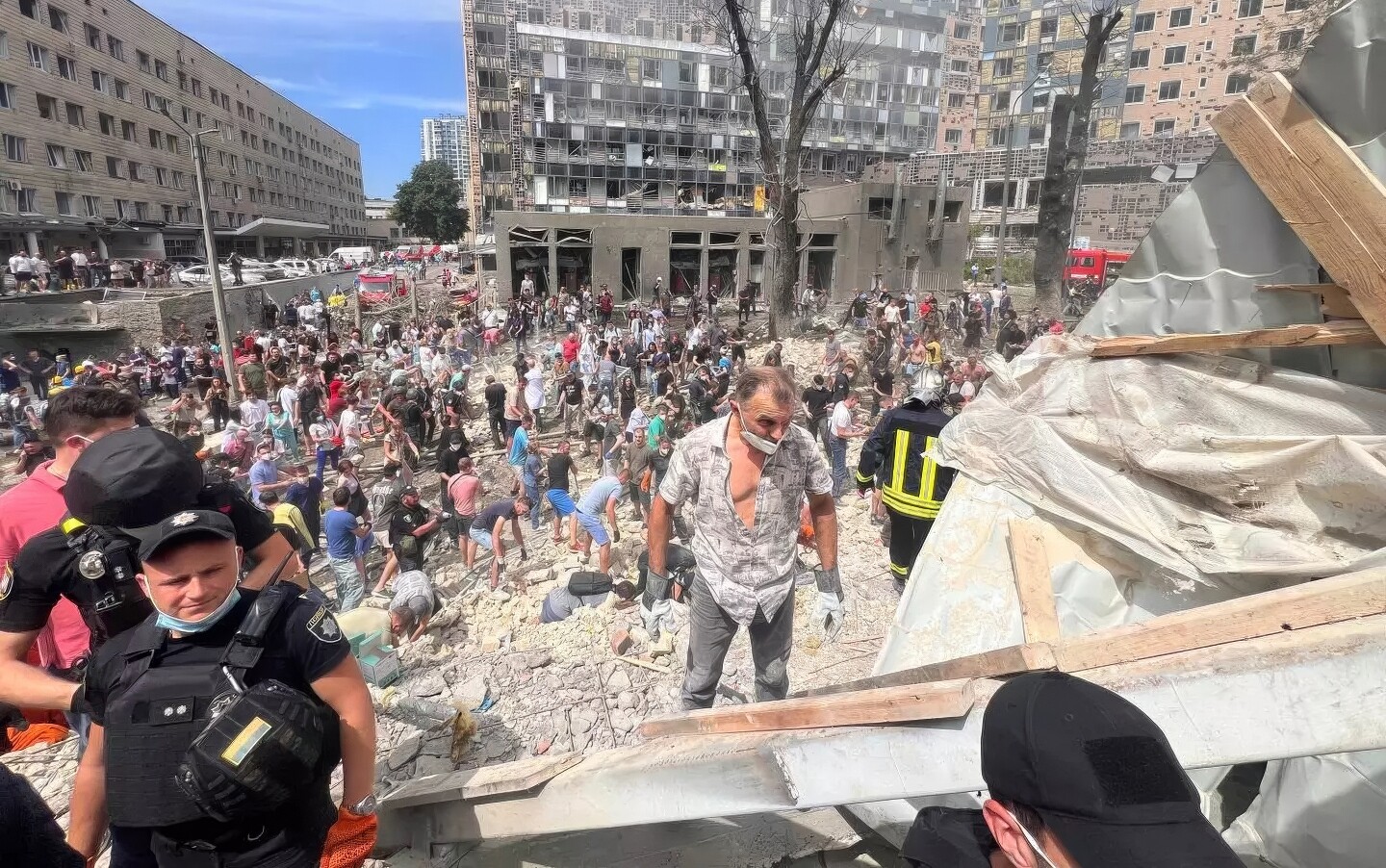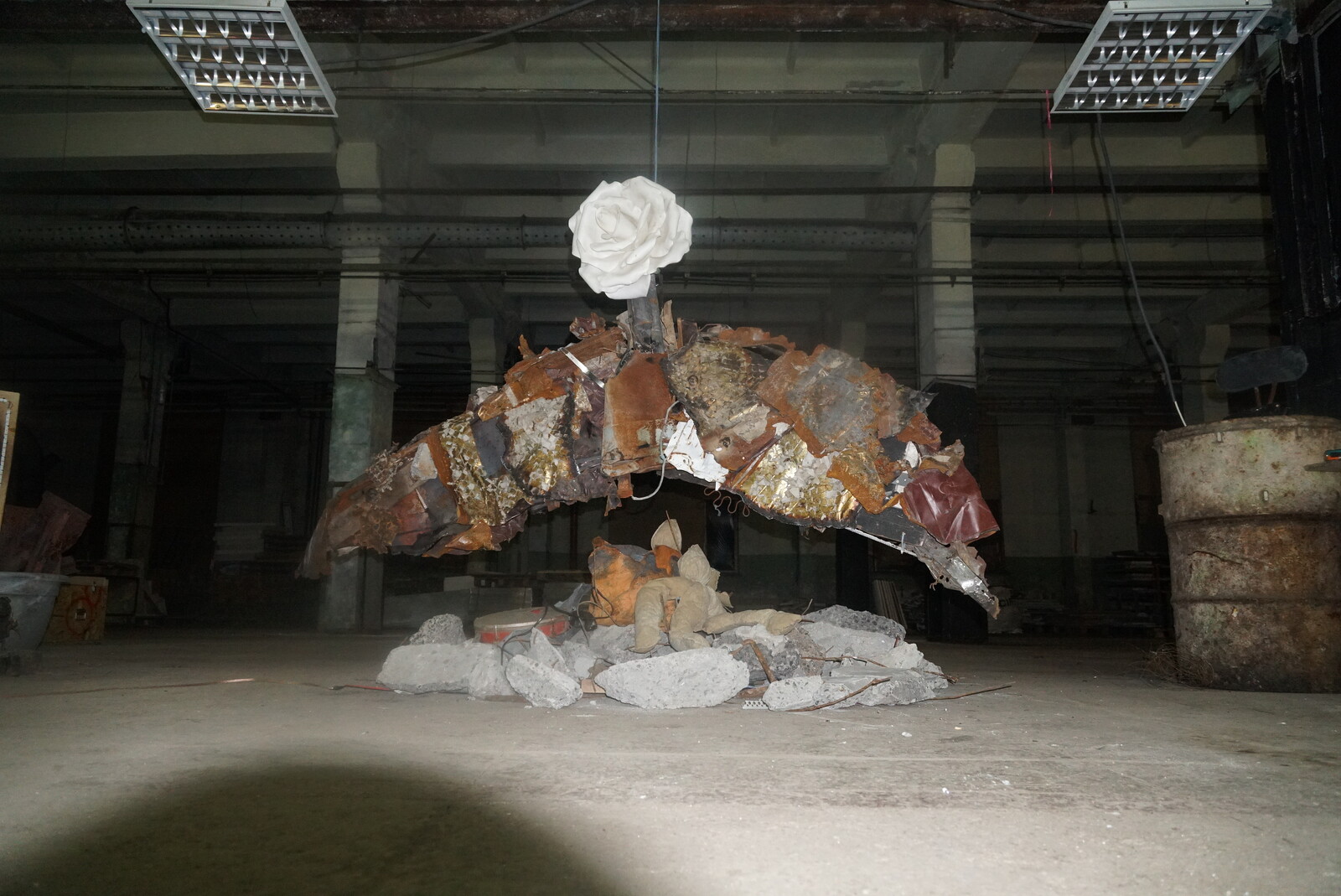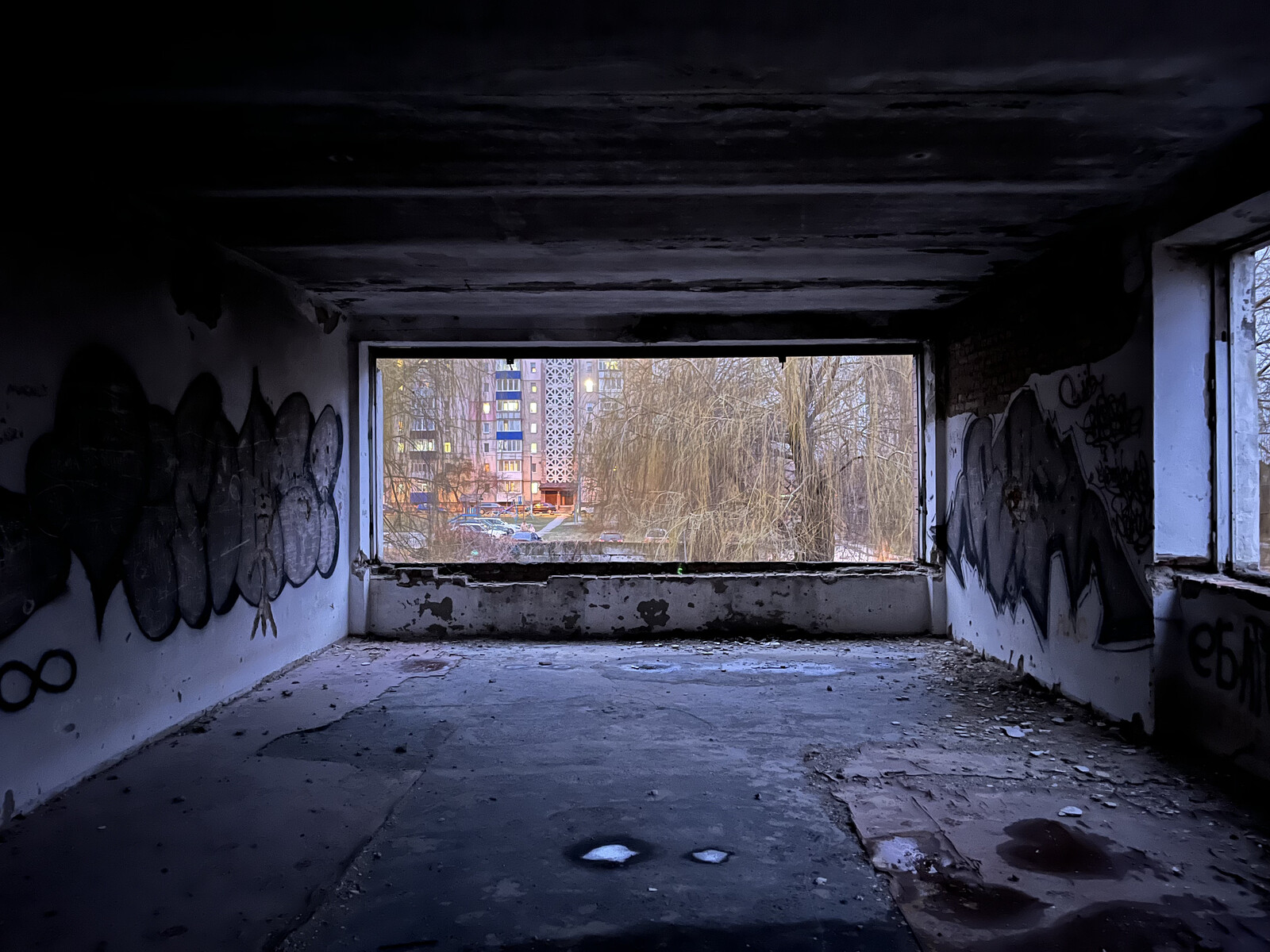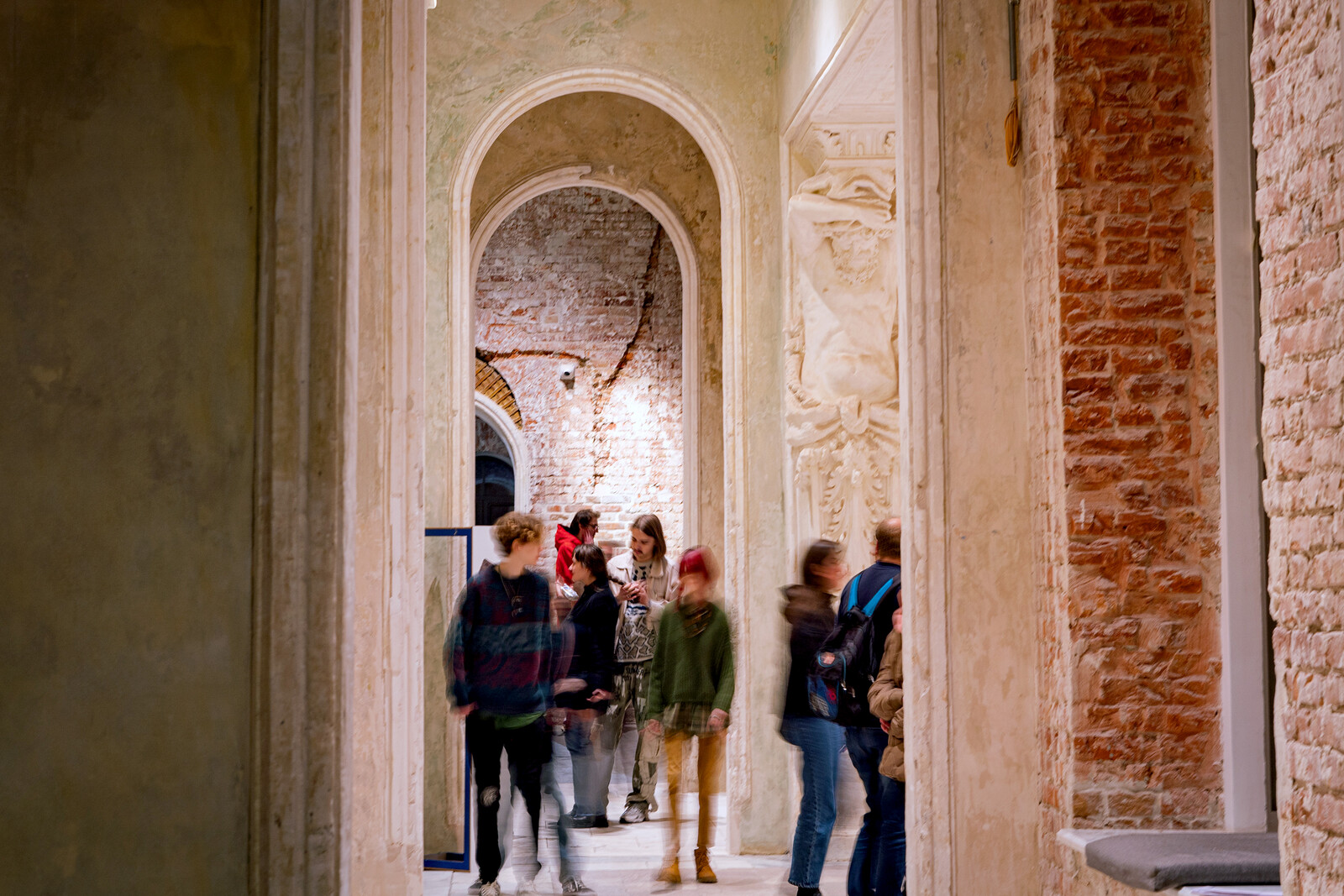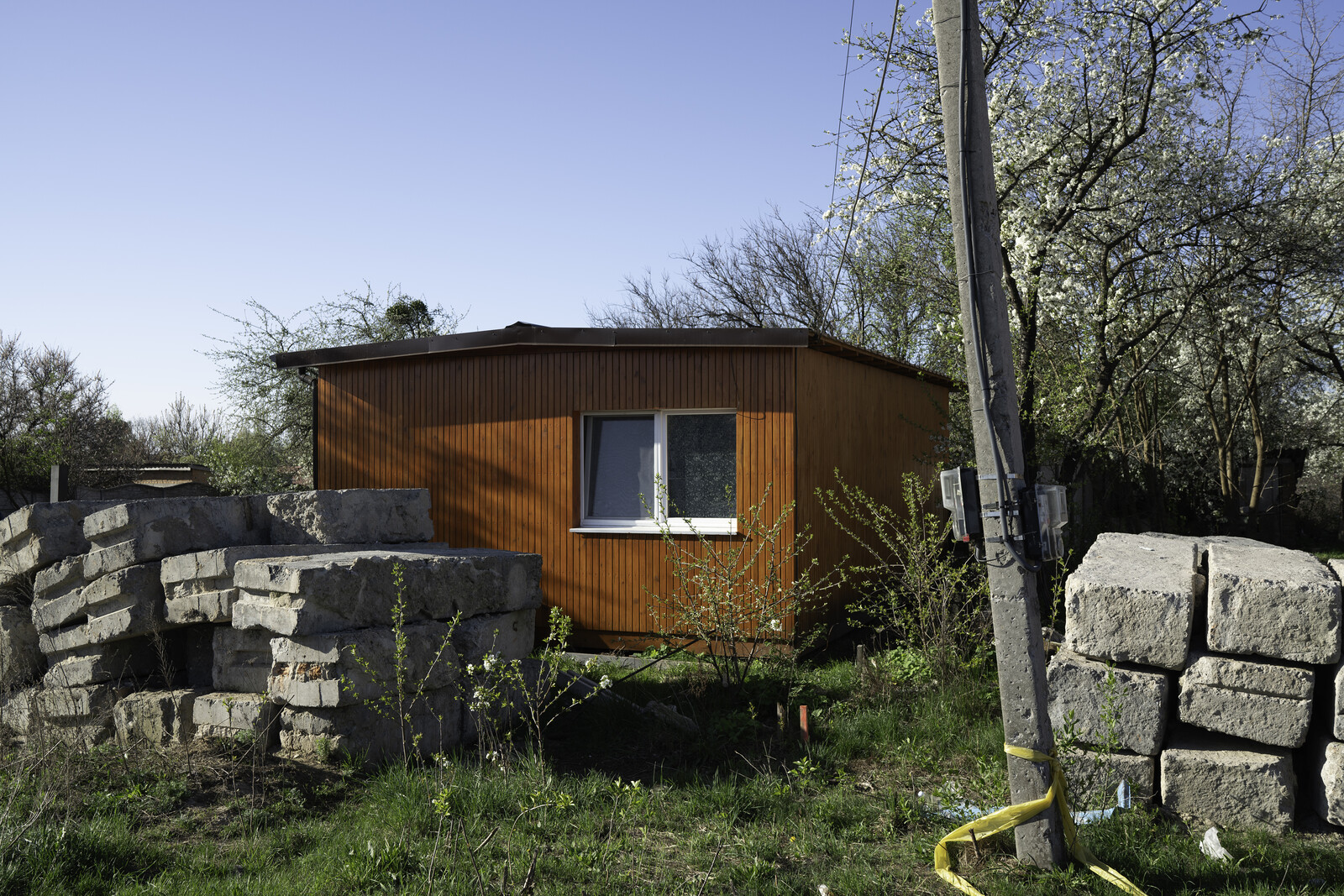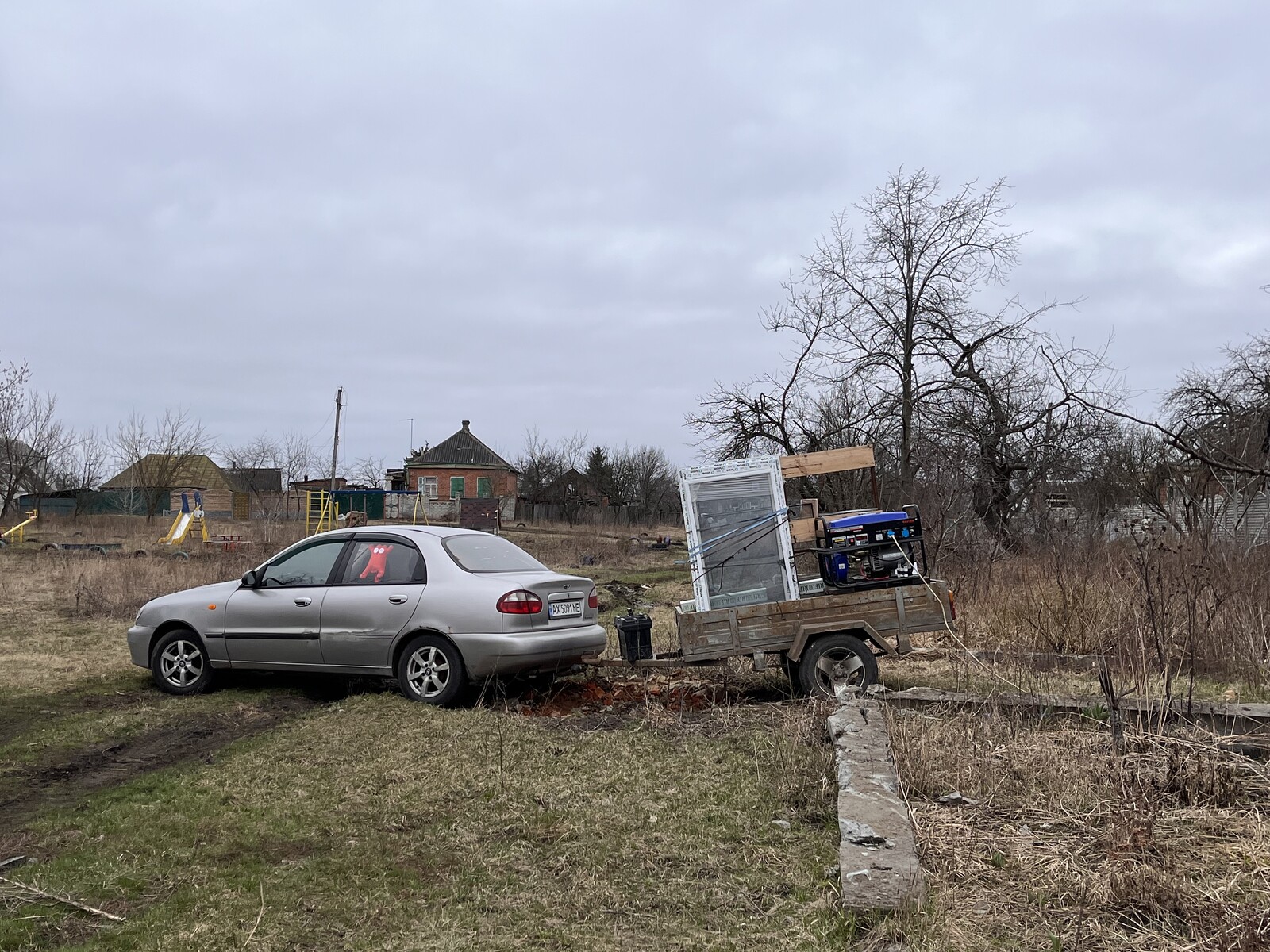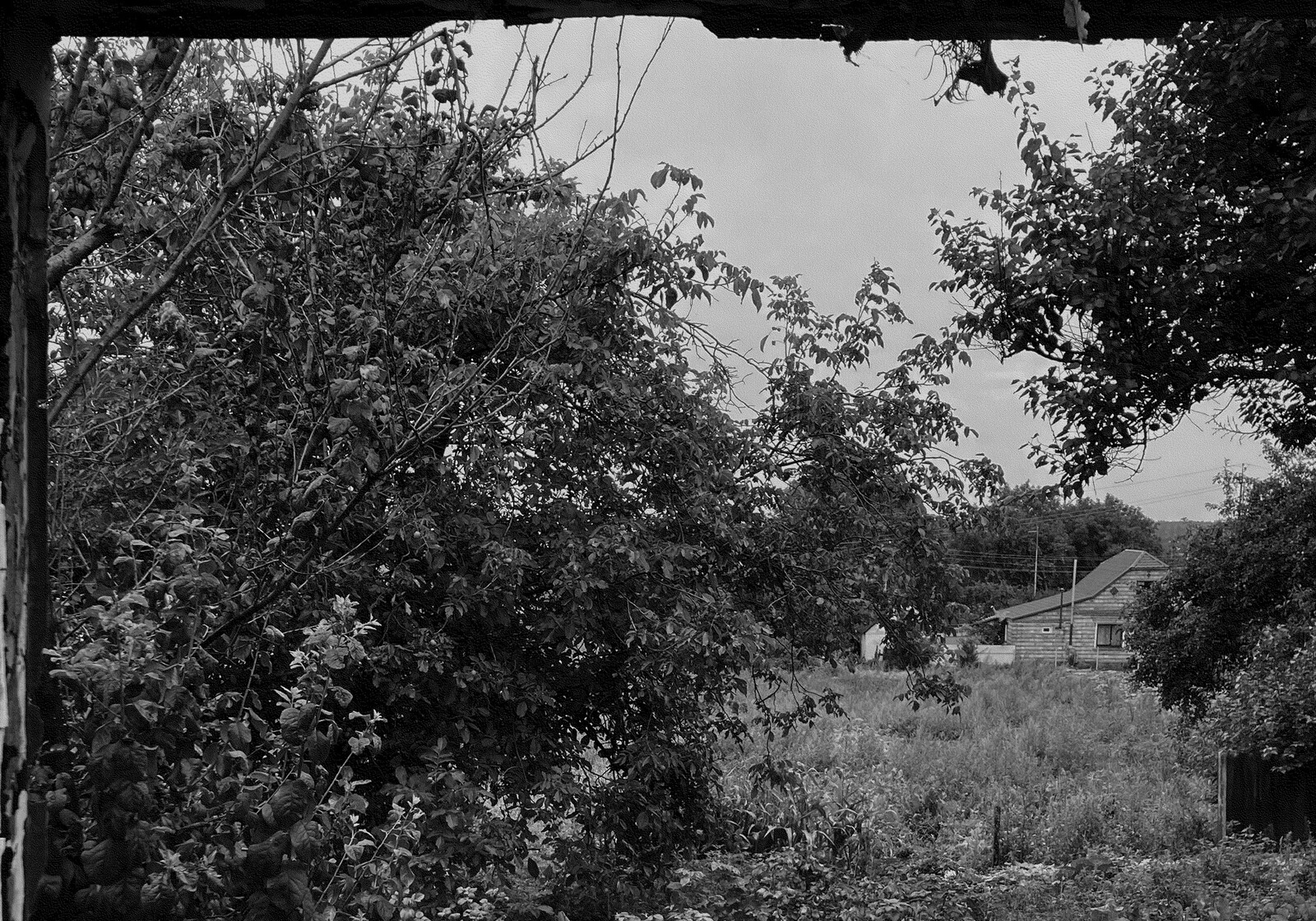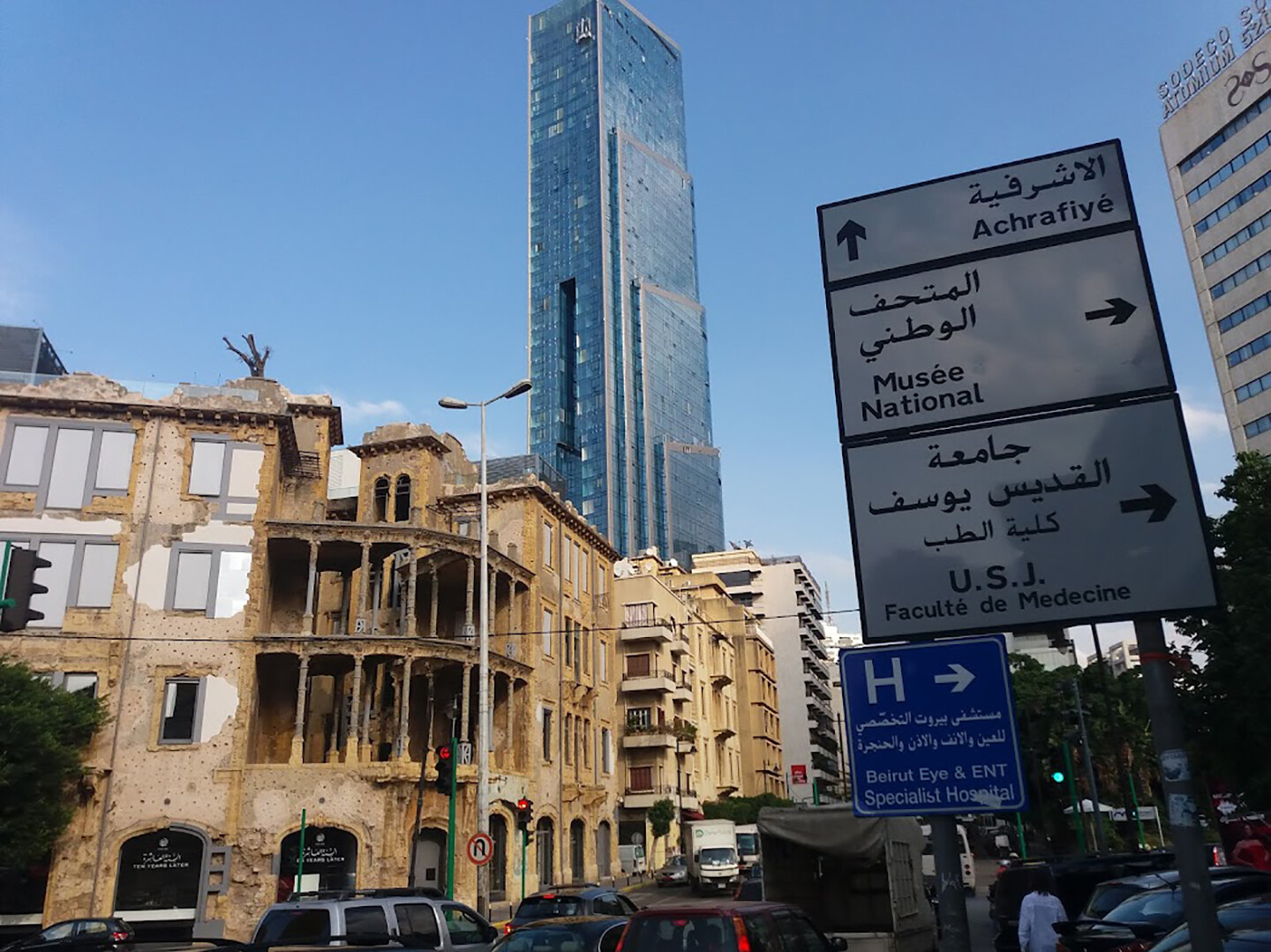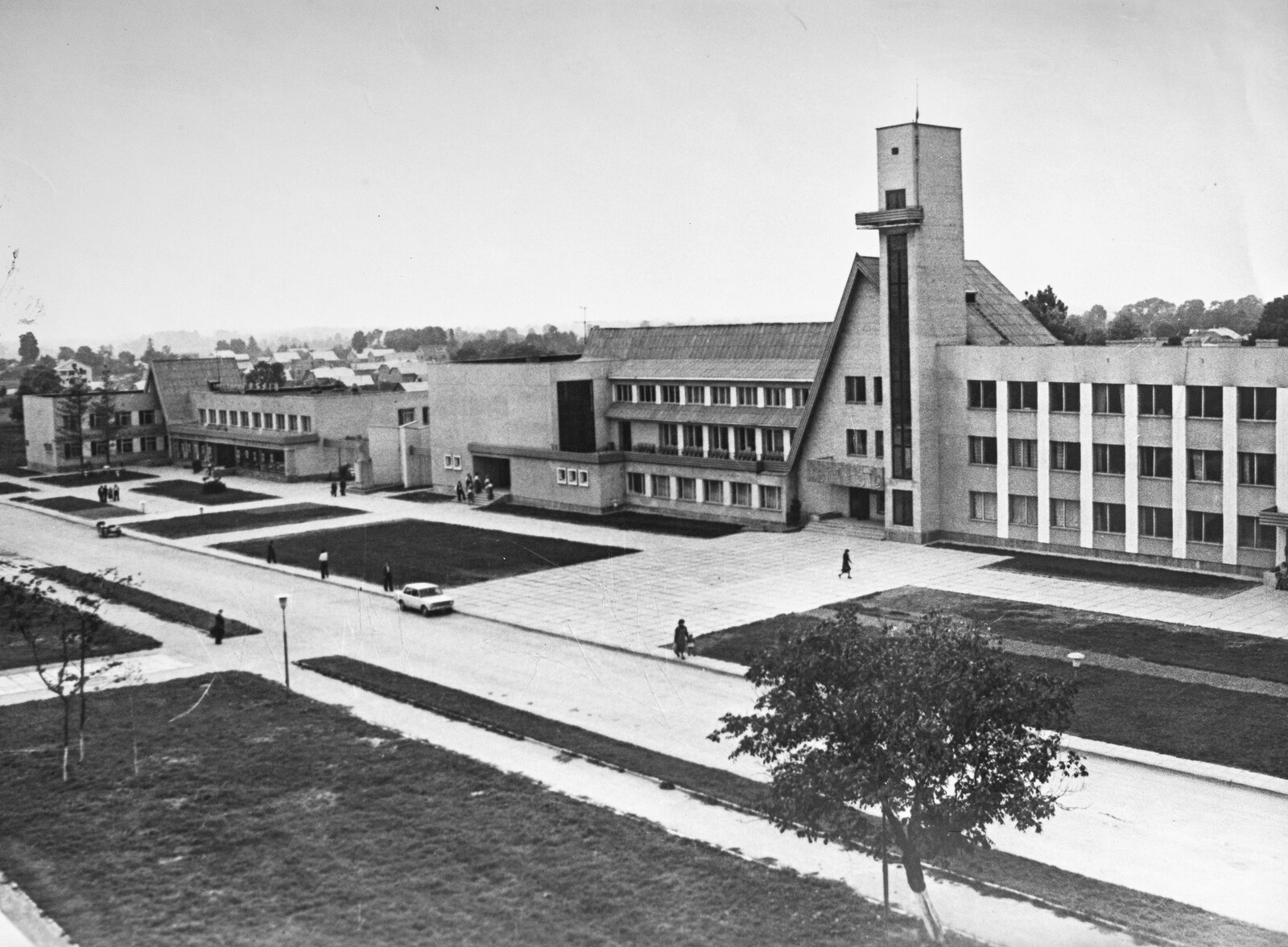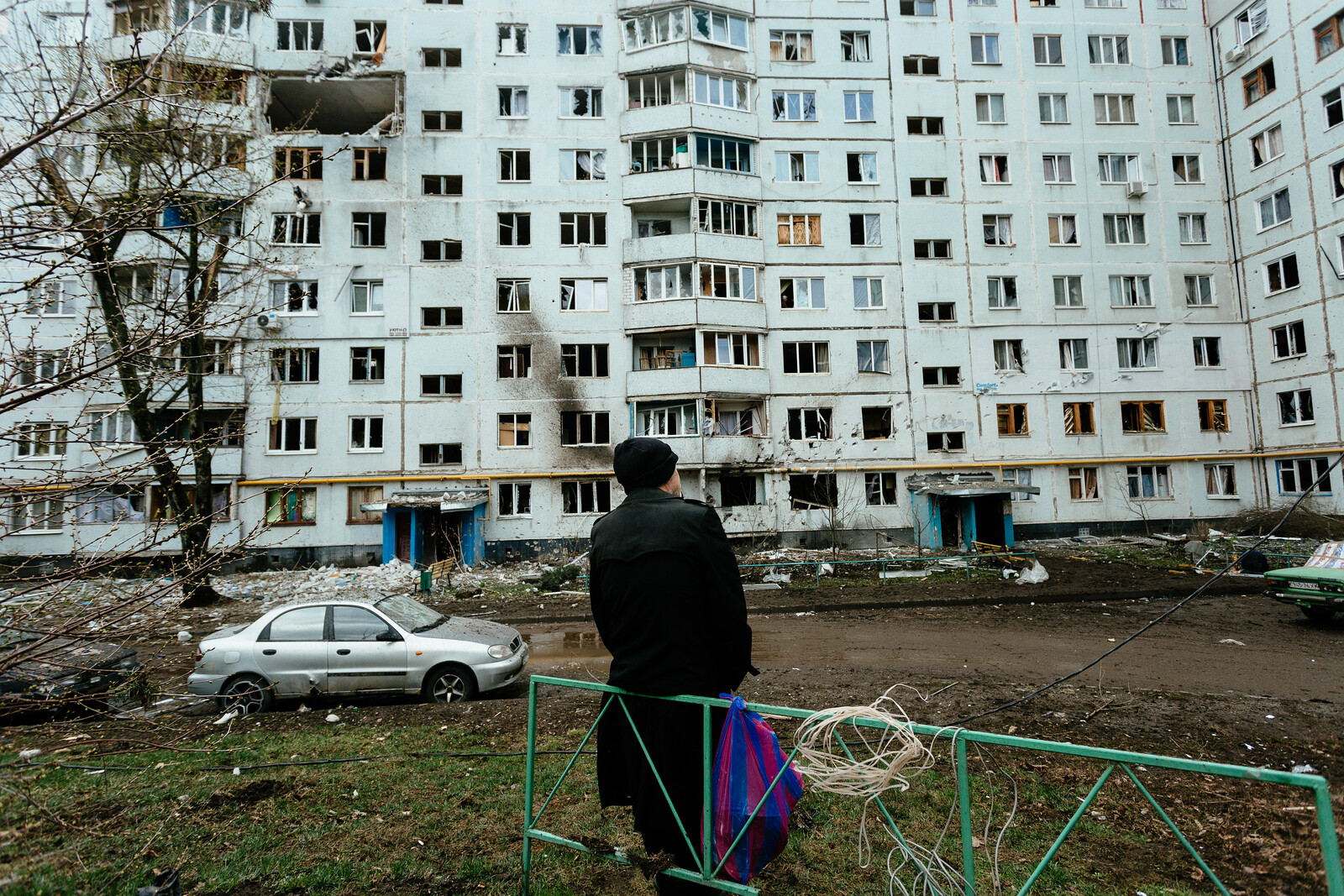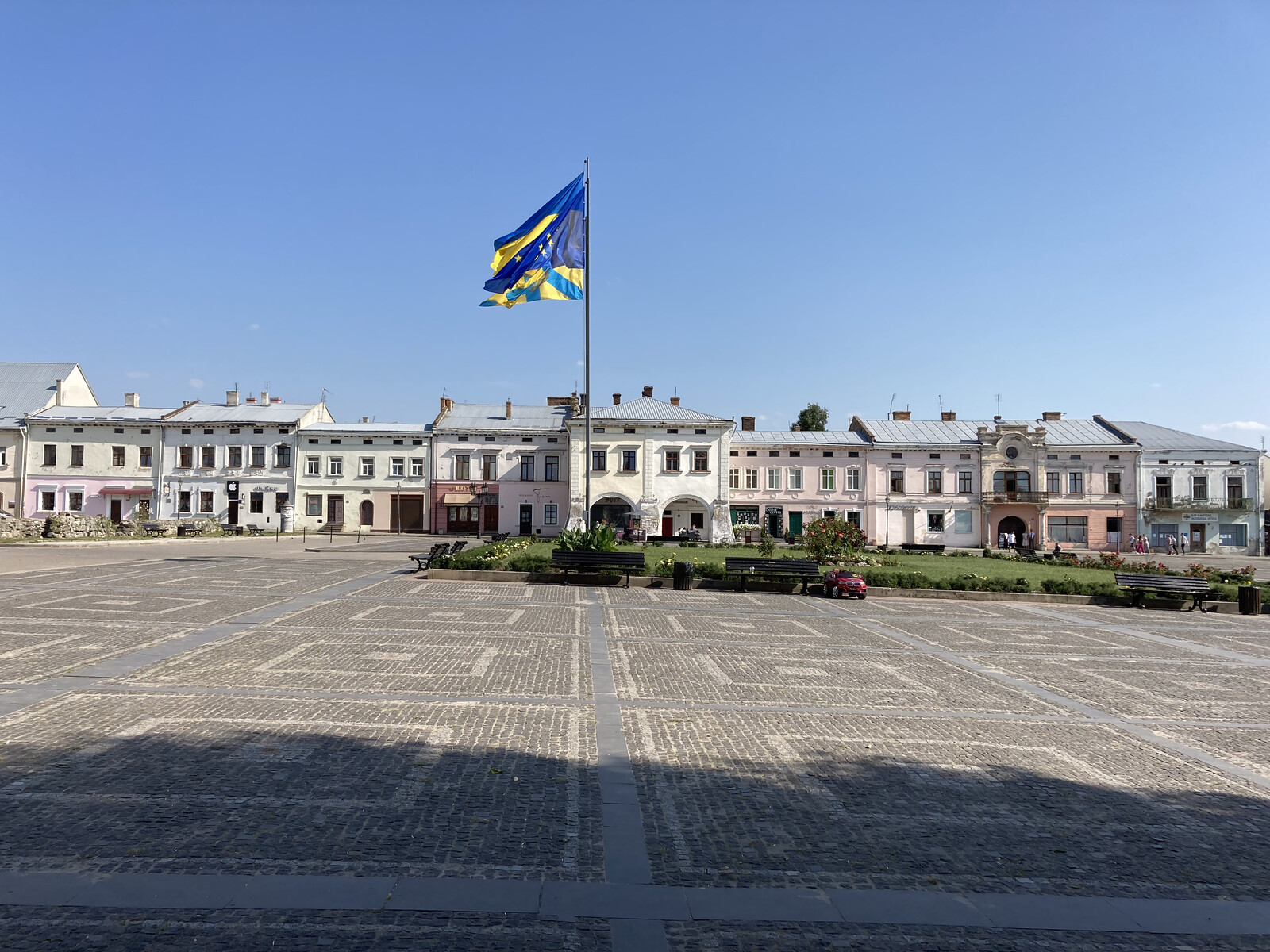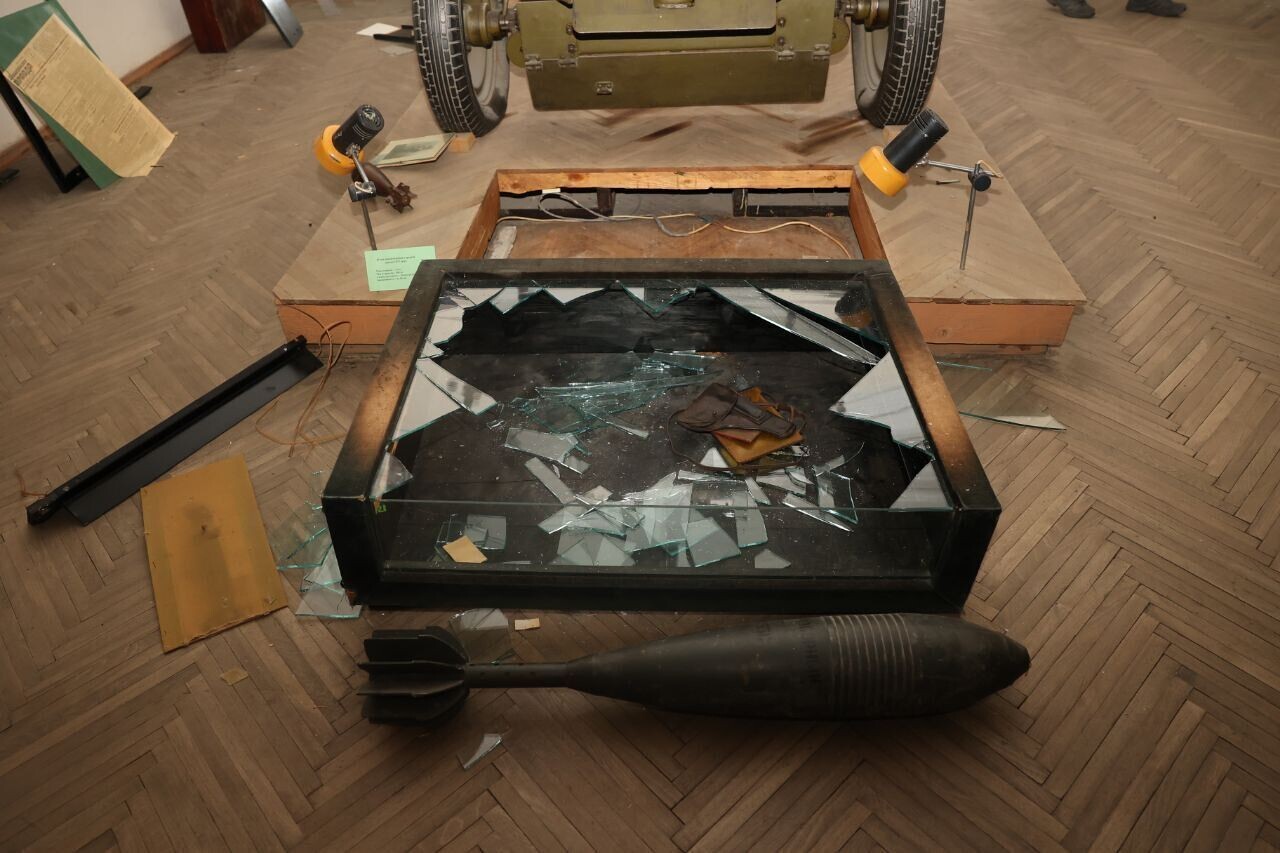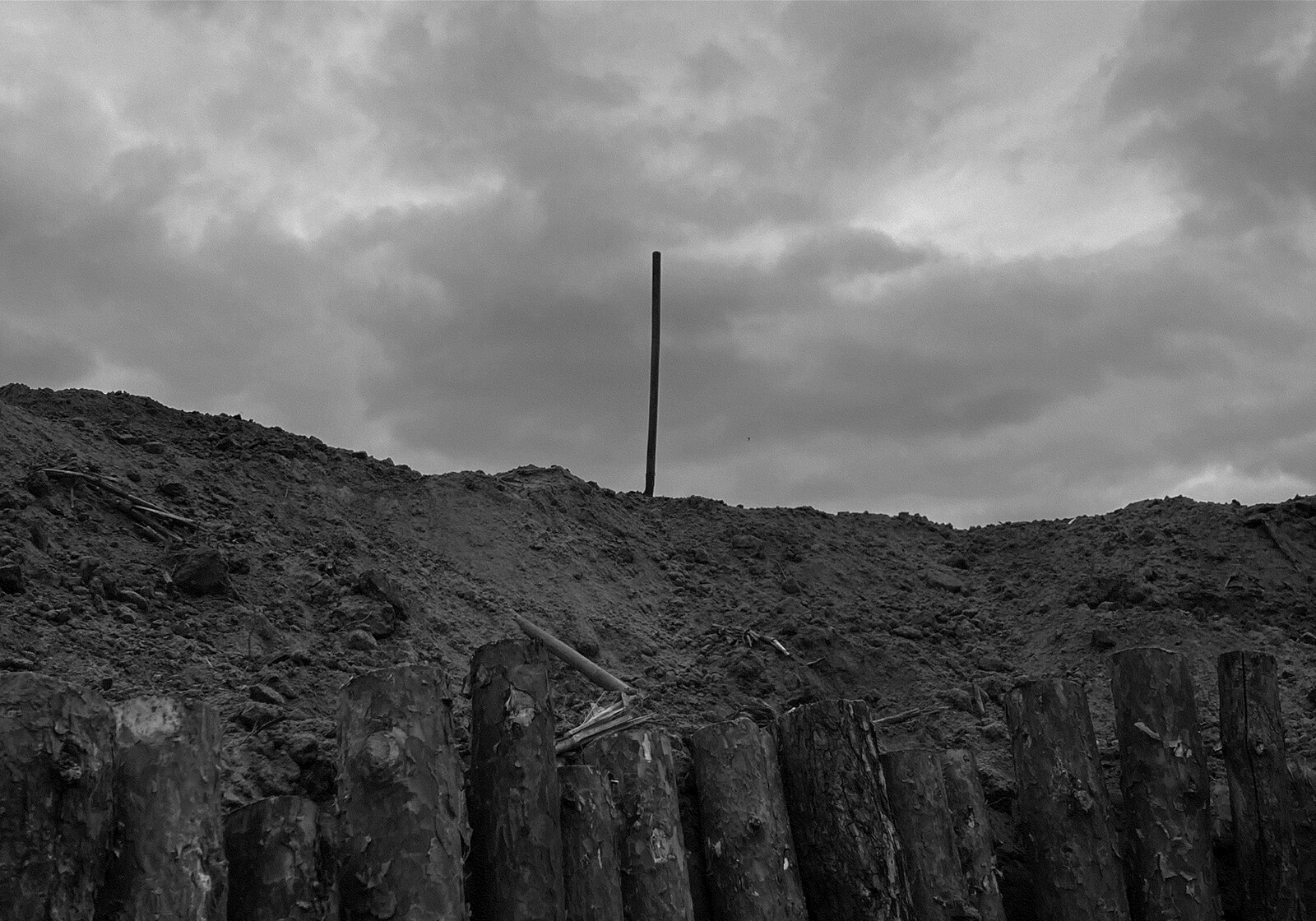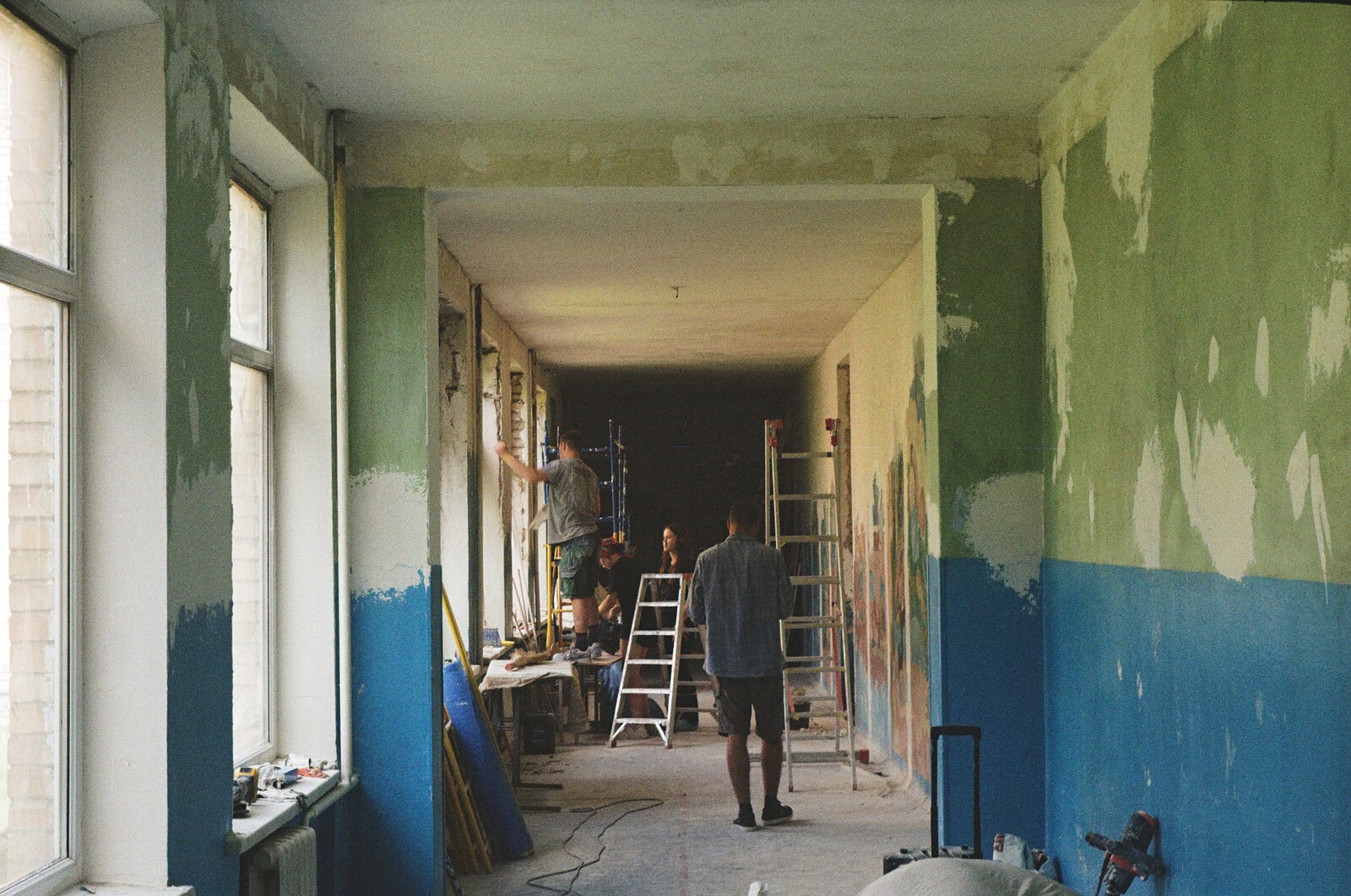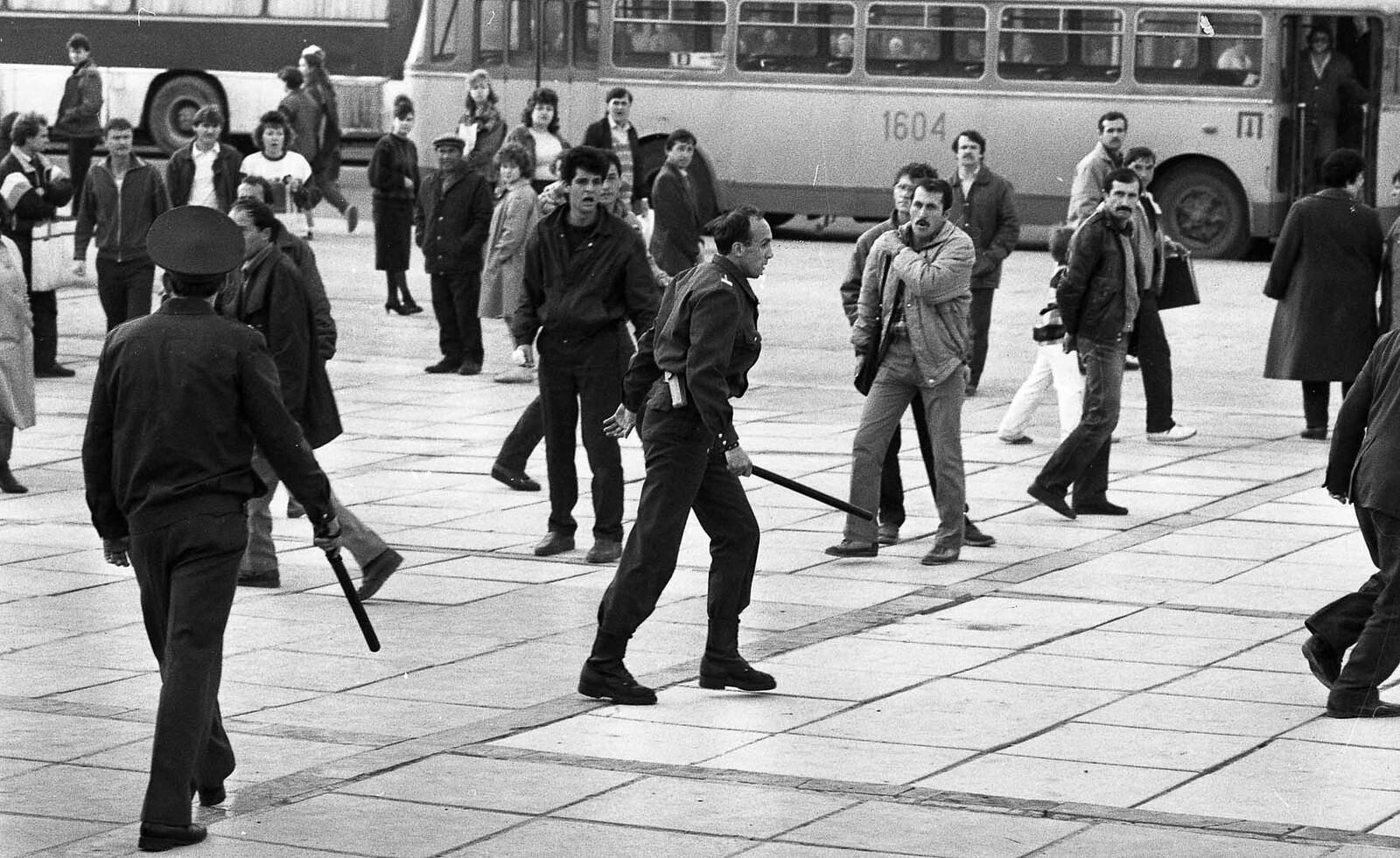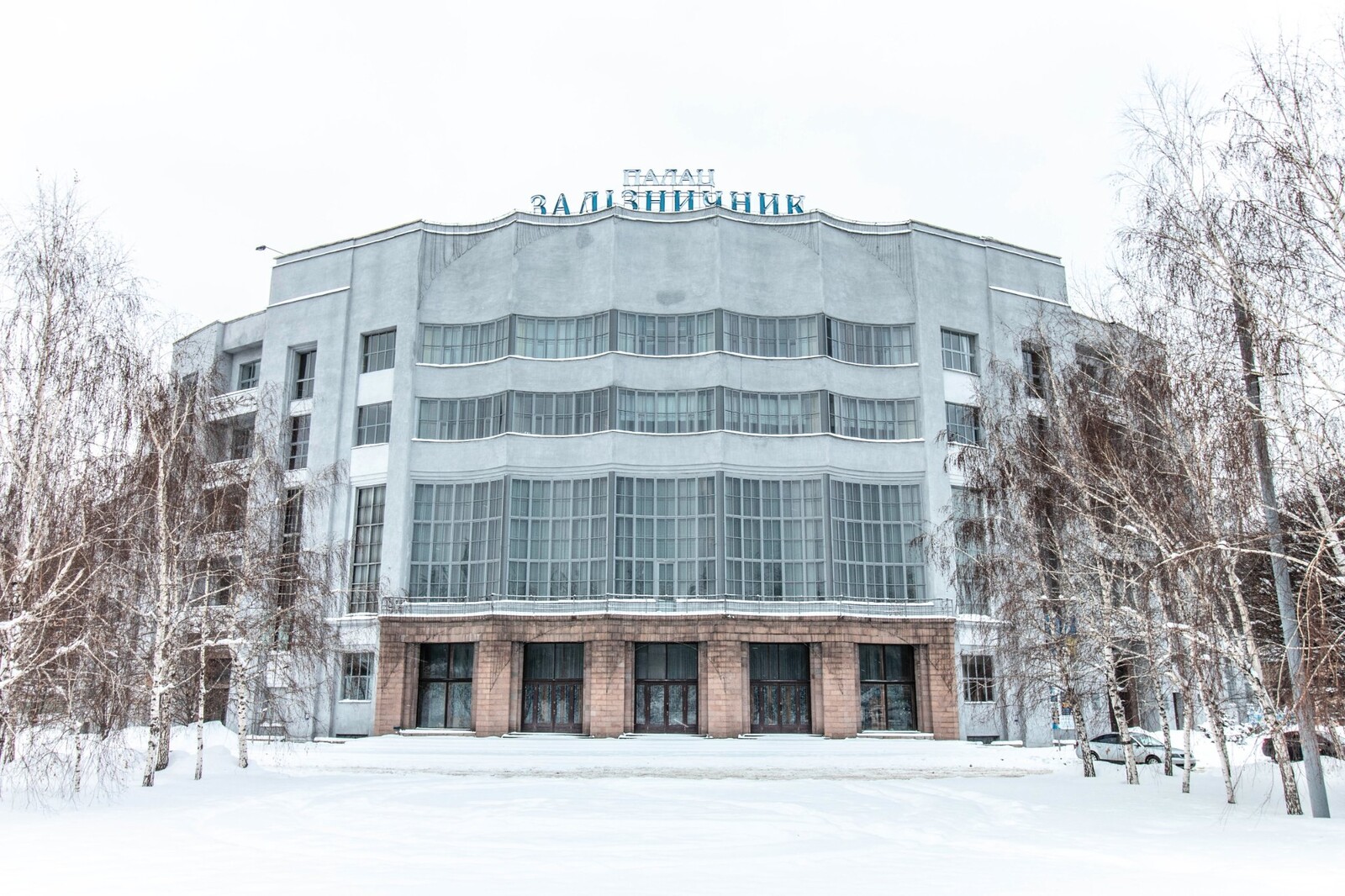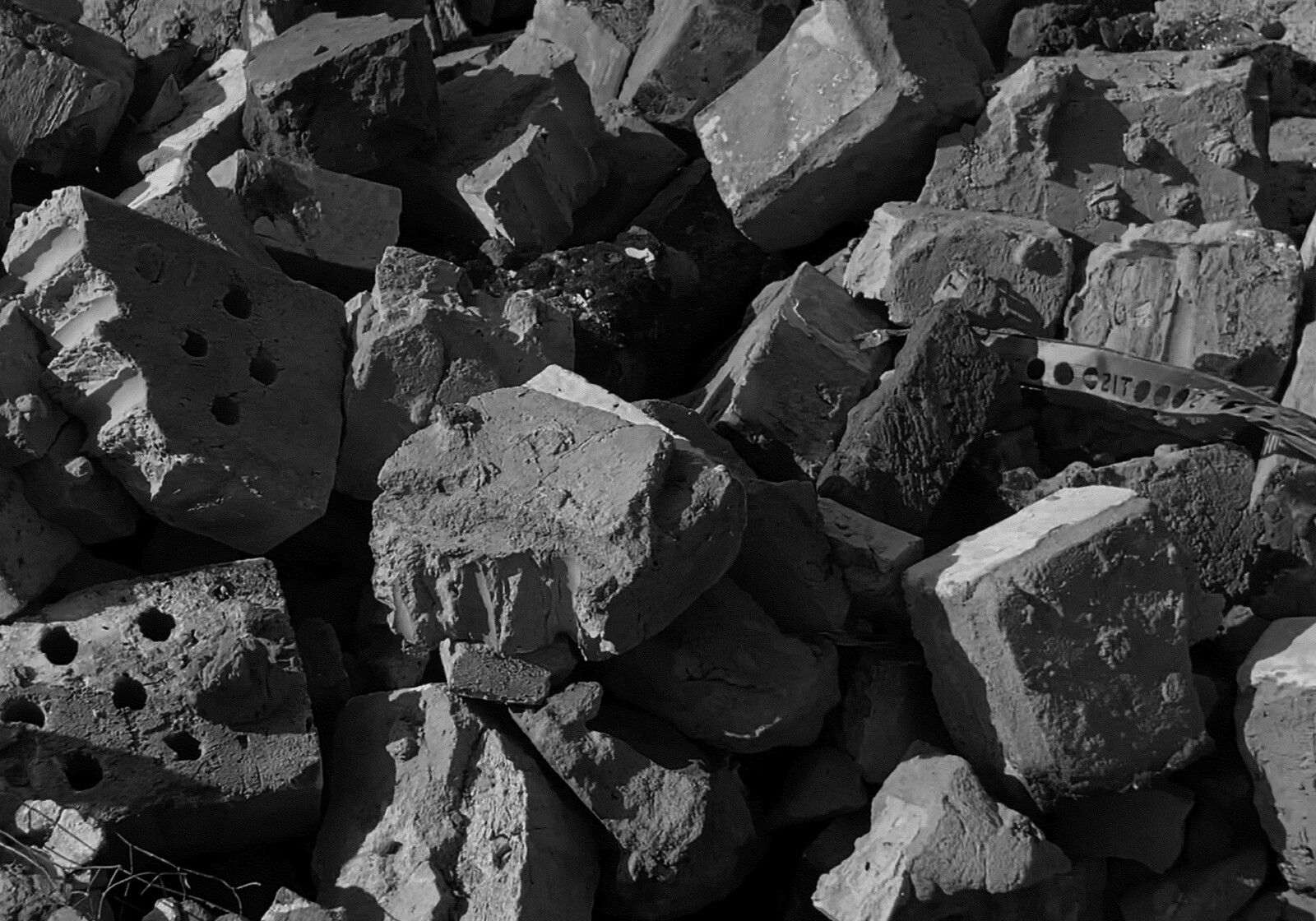Reconstuction returns, drawing from and elaborating on Ukrainian Hardcore: Learning from the Grassroots, the eighth annual Construction Festival held in the Dnipro Center for Contemporary Culture on November 10–12, 2023. It features contributions by Beauty Studio, Livij Bereh (Kseniia Kalmus) and KHARPP (Ada Wordsworth), DE-NE-DE (Dana Brezhnieva and Zhenya Molyar), Lizaveta German, FORMA (Ira Miroshnykova and Masha Noshchenko), Co-Haty (Tania Pashynska and Yuliia Holiuk), Sofia Pinedo-Padoch, Kultura Medialna/DCCC (Kateryna Rusetska, Alina Stamenova, and Andrii Palash), and Yuliya Yurchenko.
While today primarily associated with transgressive forms of creativity and underground music styles, the word “hardcore” has its origin in building construction. In its earliest recorded use, from 1841, “hardcore” refers to “brick, rubbish, clinker, broken stone or other hard material in pieces used as a bottom (as in making roads and in foundations).”1 The hardcore (as a noun, not an adjective) is a contingent base assembled from a wide variety of parts, materials, garbage, rubble, and debris. It is the shifting foundation on which everything is held.
The end of the year 2024 marks the passing of a decade of Ukraine’s uninterrupted exposure to and work with the hardcore of war. Not merely since the beginning of Russia’s full-scale invasion in 2022, but since the start of its invasion, occupation, and obliteration of Ukrainian territory in 2014, Ukrainian grassroots reconstruction initiatives have sifted through, cleared up, and re-used bricks, rubble, and ruined matter.2 They have worked in collaboration with and in response to the real needs of communities affected by war, in order to piece together both the immediate foundations and the long-term structures of lives and worlds. Members of these volunteer initiatives have an experiential understanding of what it takes to contain and sustain lives, communities, heritage, and ecosystems facing disintegration and destruction.
Reconstruction is not just a process of physical rebuilding. It is also a structure, process, and horizon—and it has been persistently woven into the material, social, and affective fabric of Ukrainian life for the past ten years. The experiences of grassroots reconstruction initiatives provide insight into some of the ways in which Ukrainians respond, resist, and reconstitute their lives, worlds, and commons in response to a decade of war. Understood in this way, “hardcore” is a heuristic for understanding reconstruction and resistance as processes that are vertical as well as horizontal, infrastructural as well as ecological, strategic as well as romantic.
The work of volunteer reconstruction initiatives serves here as a point of departure for reflecting on a variety of collective undertakings that have emerged organically in response to a long decade of crisis, upheaval, and war. Reconstruction takes on diverse shapes and forms, spatialities and economies, affects and materialities. The priorities and methods of people and groups involved in processes connected to the (re)construction of the Ukrainian commons—from activists, architects, defenders, thinkers, scholars, and others responding to and resisting violence—shift and develop over time. Their stories provide granular insight into the challenges faced, lessons learned, and lessons to be taught to others.
This focus on the heterodox materialities and imaginaries of rebuilding runs against the grain of the default trajectory of Ukraine’s reconstruction (which, we cannot deny, is more BlackRock than hardcore). Yet, there is room for other contestatory and collective materialities to congeal, and for the rooted experiences of self-organized initiatives to be brought to bear on macro-scale reconstruction efforts, policies, and ideologies. What new social, spatial, economic and ecological formations, the experiences of the Ukrainian hardcore inspire us to speculate, may emerge from the rough ground of war?
While these stories—and the hope they inspire—have their roots in Ukraine, we recognize that the Ukrainian struggle for the future (and the imperative to rebuild) does not exist in isolation. Ukraine’s hardcore is in dialogue with the experiences of others around the world—in Bosnia and Georgia, in Sudan and Rojava, in Palestine, Lebanon, and Syria—who resist, defy, gather, fundraise, imagine, and reconstruct in their own emancipatory horizons. The temporalities of war, occupation, destruction, and reconstruction are multiple, but the affects, materialities, and memories stemming from the hardcore, although always distinct and grounded, are commensurable.
This publication is dedicated to the volunteers, who made the commitment—in the full flow of war and with no resolution in sight—to rebuild homes, infrastructure, and communities destroyed by enemy attacks and/or traumatized by occupation. Often, these volunteers work in recently de-occupied territories or in areas near the constantly-shifting contact line. They do so in full knowledge of the risk to their own life and health; and with the awareness that, given constant enemy attacks, the effects of their work may be destroyed again at any moment. It is also dedicated to all volunteers who started off working with emergency reconstruction initiatives and later joined the Ukrainian armed forces or volunteer units supporting the armed forces. Many of them have given their lives in the fight for freedom.
Reconstruction is a project by e-flux Architecture drawing from and elaborating on Ukrainian Hardcore: Learning from the Grassroots, the eighth annual Construction festival held in the Dnipro Center for Contemporary Culture on November 10–12, 2023 (2024), and “The Reconstruction of Ukraine: Ruination, Representation, Solidarity,” a symposium held on September 9–11, 2022 organized by Sofia Dyak, Marta Kuzma, and Michał Murawski, which brought together the Center for Urban History, Lviv; Center for Urban Studies, Kyiv; Kyiv National University of Construction and Architecture; Re-Start Ukraine; University College London; Urban Forms Center, Kharkiv; Yale University; and Visual Culture Research Center, Kyiv (2023).
Marharyta Polovinko, originally from Krivyi Rih, volunteered for Beauty Studio in Mykolaiv in 2022, before joining a team evacuating injured soldiers from the contact line. Today, she serves in the armed forces of Ukraine.
